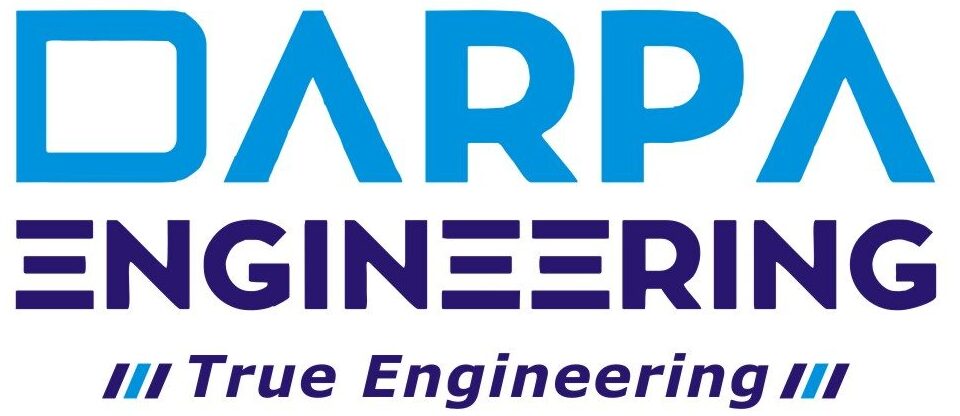In today’s competitive marketplace, exceptional customer support is critical to building loyalty and trust. Businesses often debate between two approaches: proactive and reactive customer support. Understanding the differences, advantages, and applications of these strategies can help organizations create a seamless customer experience and foster long-term success.
What is Reactive Customer Support?
Reactive customer support focuses on addressing customer issues or inquiries after they occur. It operates on a “wait-and-respond” model where customers reach out to the support team to resolve their problems.
Characteristics:
- Customer-initiated interaction.
- Problem-solving happens post-issue.
- Often involves responding to emails, phone calls, or live chat requests.
Advantages:
- Specific Problem Resolution: It allows teams to focus directly on the problem the customer is experiencing.
- Resource Allocation: Staff is engaged only when necessary, potentially reducing operational costs.
Limitations:
- Delayed Resolution: Waiting for customers to report problems can increase frustration.
- Higher Churn Risk: Unaddressed issues may lead to dissatisfaction and loss of customers.
- Reactive Nature: It does not prevent future occurrences of similar problems.
What is Proactive Customer Support?
Proactive customer support involves anticipating customer needs and addressing potential issues before they arise. This approach focuses on building trust and providing solutions in advance.
Characteristics:
- Business-initiated interaction.
- Preventive measures and regular communication.
- Often involves using data analytics, feedback loops, and proactive outreach.
Advantages:
- Improved Customer Satisfaction: Customers feel valued when a company anticipates and addresses their needs.
- Reduced Support Volume: By preventing issues, the overall number of customer inquiries decreases.
- Stronger Customer Loyalty: A proactive approach fosters trust and positions the company as customer-focused.
Limitations:
- Resource-Intensive: Requires advanced tools, data analytics, and a dedicated team to monitor and act on customer insights.
- Challenging Execution: Misjudging customer needs can lead to unnecessary interventions or resource wastage.
Proactive vs Reactive Support: Key Differences
| Aspect | Reactive Support | Proactive Support |
|---|---|---|
| Trigger | Customer initiates interaction | Business anticipates needs |
| Timing | After the issue arises | Before the issue arises |
| Approach | Problem-solving focus | Preventive and engagement focus |
| Customer Perception | Reactive and responsive | Caring and forward-thinking |
| Technology Dependence | Moderate | High |
When to Use Proactive and Reactive Support?
A balanced approach often yields the best results. Here’s when each method works best:
Proactive Support Works Best When:
- Launching new products or services.
- Addressing known recurring issues.
- Gathering feedback to improve user experience.
- Using tools like chatbots or in-app notifications to guide users.
Reactive Support Works Best When:
- Handling unique or complex customer queries.
- Managing urgent or unforeseen issues.
- Resolving problems in situations where customer input is essential.
How to Transition from Reactive to Proactive Support
- Leverage Data Analytics: Use data to identify common issues, pain points, and customer behaviors.
- Invest in Automation: Tools like chatbots, CRM systems, and email marketing platforms enable timely interventions.
- Train Your Team: Empower your support staff to anticipate needs and engage with customers proactively.
- Gather Feedback: Regularly ask customers about their experience to improve your processes.
- Communicate Proactively: Notify customers about updates, delays, or potential disruptions before they contact you.
Conclusion
Both proactive and reactive customer support play vital roles in providing a seamless customer experience. While reactive support remains essential for addressing immediate concerns, proactive support builds trust and loyalty by preventing issues and fostering engagement. By combining these approaches strategically, businesses can not only meet customer expectations but exceed them.


Add a Comment